A coppersmith’s strokes…
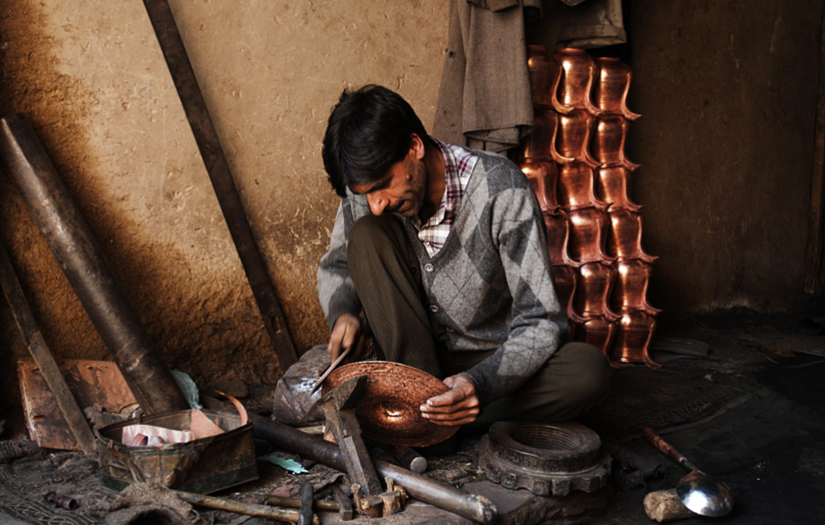
On a narrow Bazaar street… in a far far valley, inhabited by a pocket full of people was a small coppersmith’s shop. Noor, in his matchbox sized shop was often found beating metal meticulously… with his head bent and eyes fixed on it as he shaped it stroke by stroke. The sound, having been heard for thirty odd years was no less than music to his ears now… he had tried mixing it with local songs on radio, screeching of parrots, quacking of ducks, purring cats and what not… only to fall back to the simplicity of the original beating… ‘Beats’ was how his heart and hands synchronized in rhythm… ‘beats’ was how his spirit rose higher and higher… until he found himself hovering over the street… the valley… the earth… Like an eagle he perched on tall branches overlooking the city… and found himself lost in the comforts of the clouds, he called home… Dreaming and snooping into chitchats of chirpy people on earth were his hobbies. Being a craftsman he sought balance alike in life as well as his creations…
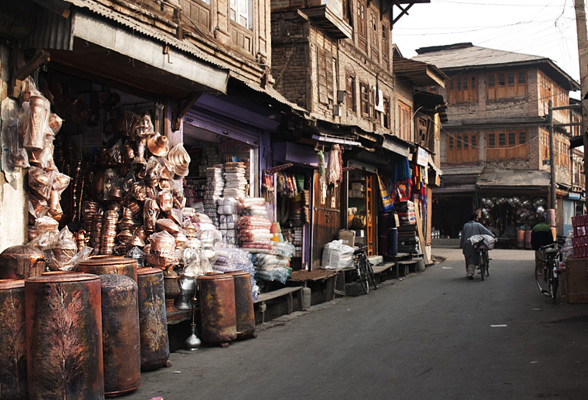
Kashmir Copper Brassware Market
On one such journeys, he overheard some people talk about coming of Persians to the valley. Inquisitive of his own origins he decided to lend a keen ear… as they continued…. “And they brought along skills and trade… Wealth and prosperity followed… and the valley began to take up its present shape beginning in 14th century. Zain-ul-Abedin became the active catalyst and a pioneer to restore the grandeur of Kashmir…”
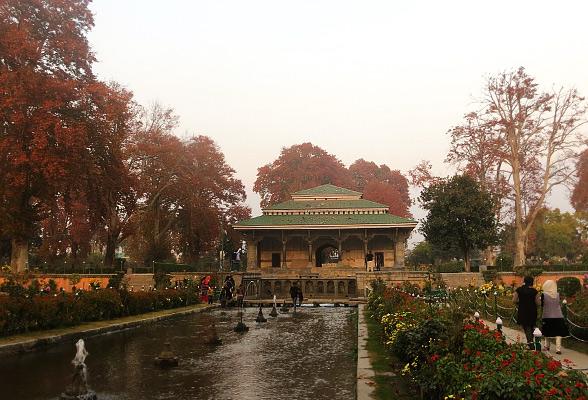
“But history dates back… to 8th century, during the reign of Lalitaditya. Kahlana Pandita, a Kashmiri writer from 11th century chronicled Kashmir’s rulers in his book Rajatarangini and highly spoke about Lalitaditya as the most illustrious ruler of the Hindu period, who had conquered most of North India, Central Asia and Tibet and made Kashmir one of the richest and powerful kingdoms. During his reign, Kashmiri brass, gold and silver figures attained an artistic peak along with the temples and Buddhist monasteries he build with alpine idols … Kashmiri craftsmen were famous for their expressions in painting and fine details and textures on bronze work. Their hand can be seen in many art works from Central Asia to Tibet. And during his time copper craft from Kashmir was taken to Persia and became the preferred medium of Persian metallurgy. It came back to Kashmir along with the Persians artisans later in the 14th century along with new techniques and products…”
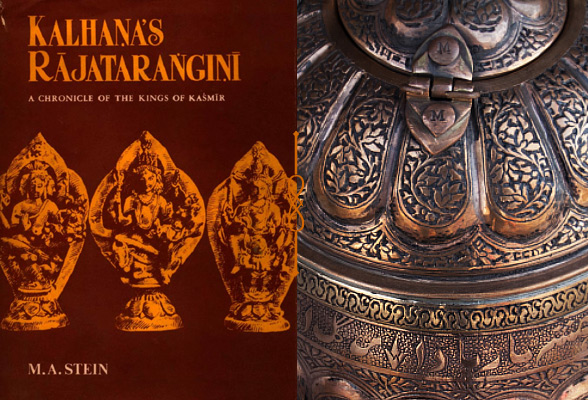
“… like the iconic Samowar!”
“Yes…”
“Copper was mined locally from the mountains of Aismuqam in the Liddar valley of south Kashmir. The sources of copper mines were kept a secret and were under state subject to protect them from the Sikh invaders of that time. It is believed that Zain-ul-Abedin led a very simple life dedicated to making his kingdom a paradise and took no money from the state treasury for his personal use but lived on the income from one copper mine.”
“During the Mughal era metal work in Kashmir became focused on making gun-barrels and swords. Techniques of casting and forging Iron along with enameling or Meenakari as it is commonly known were used for decorating the handles of swords. By the end of 19th century with the decline of Mughal era, the skills of Kashmiri metal workers got oriented again towards making of vessels, now ornamented with Meenakari. This was applied on silver jewelry, brass and copperware like serving pots, jugs, trays. Meenakari on silver jewelry was finer as compared to the one on copperware and brassware, which was more opaque with a whitish tinge to the color.”

“Today, the practice of enameling has languished in Kashmir.”
“As the demand for copper and brass articles increased, the raw materials were imported into the state. All the articles made were for everyday use, for cooking and serving… Other commonly used articles were, Lota (pot), Tream (plate), Naer (water jug), Tash Near (portable handwash), dishes, bowls and laddles… and many more…”
“From those days onwards, in a family, the personal set of articles like cups, tumblers and plates are still personalized by etching one’s name on them.”
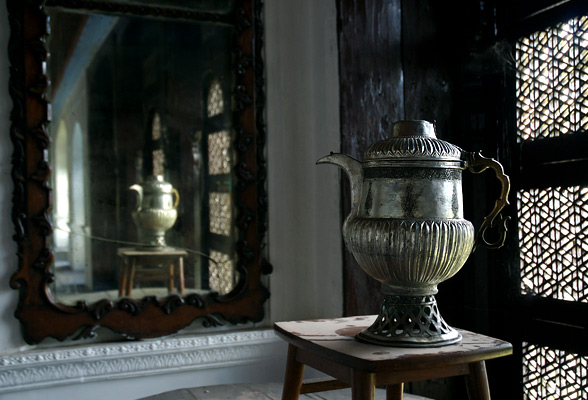
“The process of making of a copper or brassware goes through many artisans who are specialized in a particular technique. The process involves Khar – the smith, Naqash – the engraver, Zarcod – the gilder, Roshangar – the polisher and Charakgar – the cleaner or finisher. In fact, specific localities or Mohallas like Roshangar-Mohalla are named after these professions, where these artisans still carry out their craft practice.”
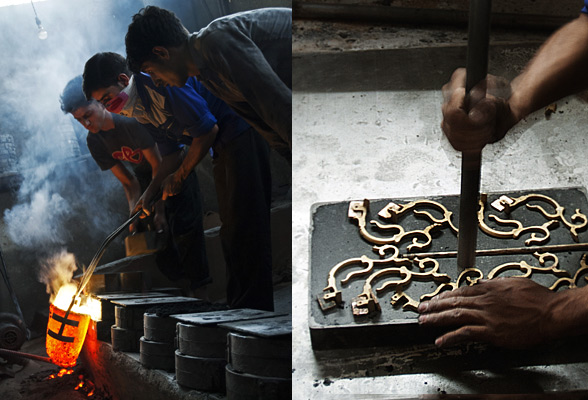
“Casting handles, rims, stands for the base and hinges is done by Baraksaz, then the raw metal is shaped into smooth objects by a Khar. It goes through Naaqash who engraves the motifs and designs on the objects, Charakgar cleans the rough edges and finishes the product before it goes to the Roshangar followed by the process of Kalai (coating with tin) done by Kalai saz the gilder. Many tools are used in the process of making a copperware, some of them are Draz – hammer, Mekh -stakes, Yandrewah – anvil, chisels, punches, files, compass etc. also locally known as Basta, Thaj, Sharanz, Gosheper and Angus.”

“The articles come with different kinds of naqashi and quality. Some are just plain without any ornamentation and are for everyday use. The decorated ones are used on special occasions and are held as collectibles. The motifs are formed using a combination of techniques like repoussé, engraving or chasing and piercing. A special form of engraving of geometrical and calligraphic motifs locally known as Kandkari, which is an exclusive craft itself is used in copperware and kept alive by a few master smiths till today. Oxidizing the engraved portions further highlights the patterns. The kind of naqashi varies for the product to be offered at different price points.”
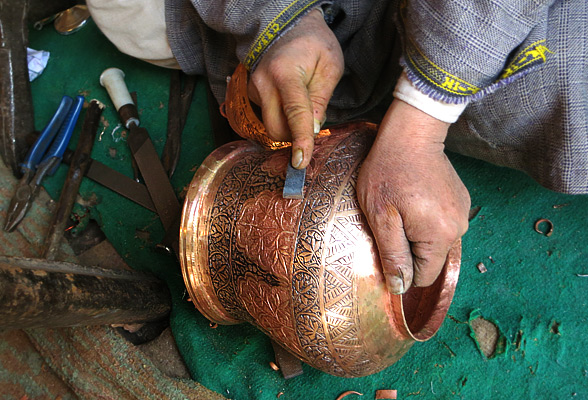
“As a true confluence of cultures, these vessels followed Indo-Persian forms and techniques but the surface ornamentation remained unique to Kashmiri motifs. The most common motifs used on copperware were Chinar (maple leaf), Badam (almond or the paisley) and Mehrab (arch).”
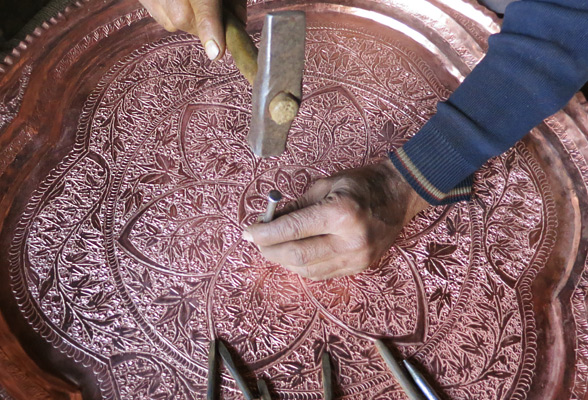
“Kashmiri Pandits commonly used brassware even before Islam came into the valley, whilst Mohammedan’s from the valley used copperware, which was introduce around 13th-14th century… this remains a practice among the communities till date.”
As the conversation continued, the voices began to fade somewhere in bright light. He had had enough for time being….
His heart was full of many questions from the story he had just heard and to find the answers he delved into many such conversations later on, only to find everyone tossing around the same set of facts over and over. Like no one ever spoke about the great Lalitaditya or Zain-ul-Abedin as people of vision and what drove them to take up such great journeys… Are some people born Great… to fulfill great causes and make a mark in the history while the others’ are busy carrying out daily chores or Are they formed from their daily choices… Could he someday be a great coppersmith merely by refining his strokes every day…
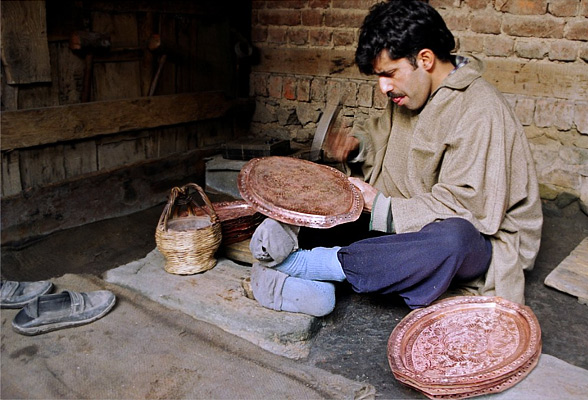
However, he did understand that there were craftsmen of words just as skillful as he was of metal… and that they perhaps found what he did in his art, in talking… which was not meant in the first place to come to a conclusion. And all he wanted now was his vessel to take shape… pleasant to his eyes and soul… as he glided back through the small frame of his shop into his even smaller body, a tool… his only point of connect with the physical world… turning each of his vivid dreams and questions into coppersmith’s strokes…

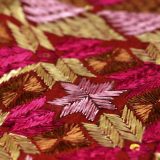

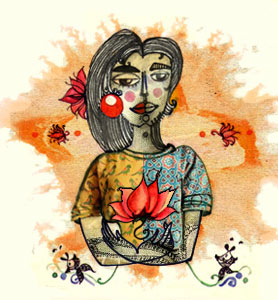
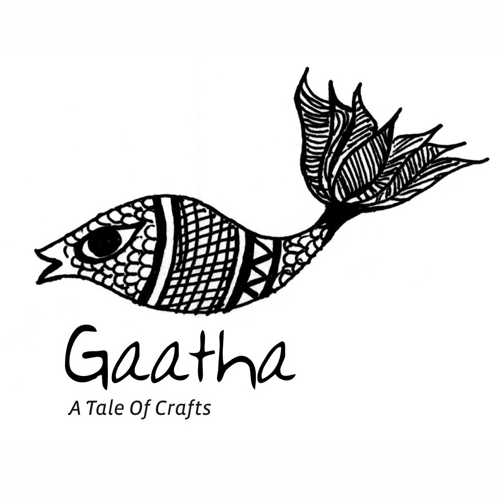


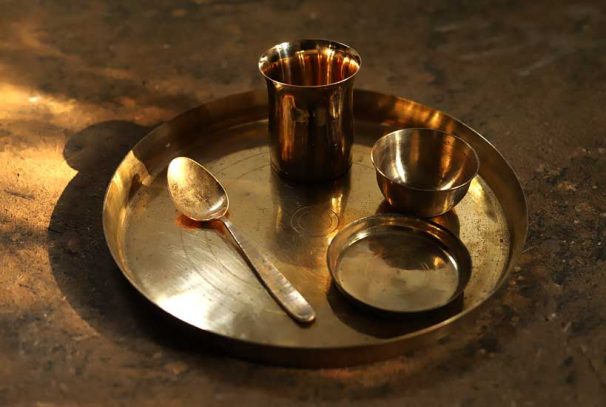
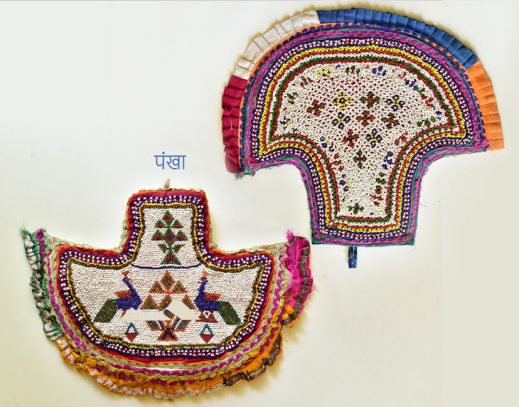
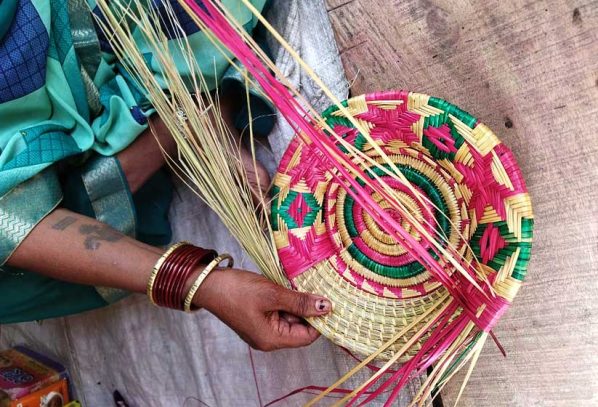

Annam
Thanks for sharing the wisdom.
mumin
hi ; thanks for shearing all the information